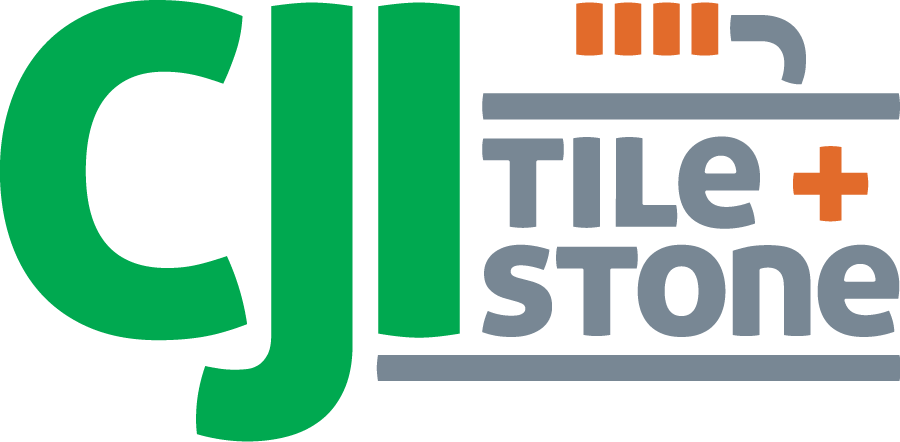Tile trends for 2018
/Once upon a time, tiles were mostly used for their functional benefits (resistance to water, durability, low maintenance). Today, however, the sky is the limit for the designs that are possible and the aesthetic impact tile can create. Manufacturers have really pushed the limits on what is possible to provide really unique styles for today’s spaces.
As we enter 2018 full steam ahead, we thought we would bring to attention some of the tiles that seem to be the most popular right now and for the foreseeable future.
Stone/wood imitation tile: With the technology almost perfected to digitally copy and recreate an existing surface, many manufacturers have selected wood or stone and recreated them in porcelain. In both instances, you get a recreation that is almost identical to the real thing without having to put up with any of the potential drawbacks of the original material. You can have a wood-look tile in your bathroom without worrying about moisture, or a white marble in your kitchen without worrying about spilling any red wine.
Terrazzo tiles: Terrazzo is typically a blend of marble chips and an epoxy or cementitious resin. The tile (which was once a mainstream commercial floor covering for its durability and unique look) has started to make a comeback. However, with a bit of a twist. Rather than being poured in place, they are now available as a tile, allowing for a simpler installation and an overall less expensive product. As well the modern reincarnation sometimes has bits of glass or soft metals inserted into the mix to create special designs.
Terracotta tiles: Nightmares of 1970’s kitchens may be floating through your head when you think of Terracotta. However the modern reincarnation of this material is used in fun shapes as well as with with a variety of glazes. These unique colours and textures help give your space a classical look.
Geometric designs: Most tiles have tended to be square or rectangular in shape. A couple of years ago, penny round mosaics became popular. This was followed by hexagonal tiles that seem to be everywhere and have started a new direction in tile design. Breaking up the traditional tile grid seems to be the name of the game these days. Whether you choose a hexagon tile, or install a rectangular tile in a herringbone pattern. Breaking away from the standard tile grid is one way to create a unique look for your space.














